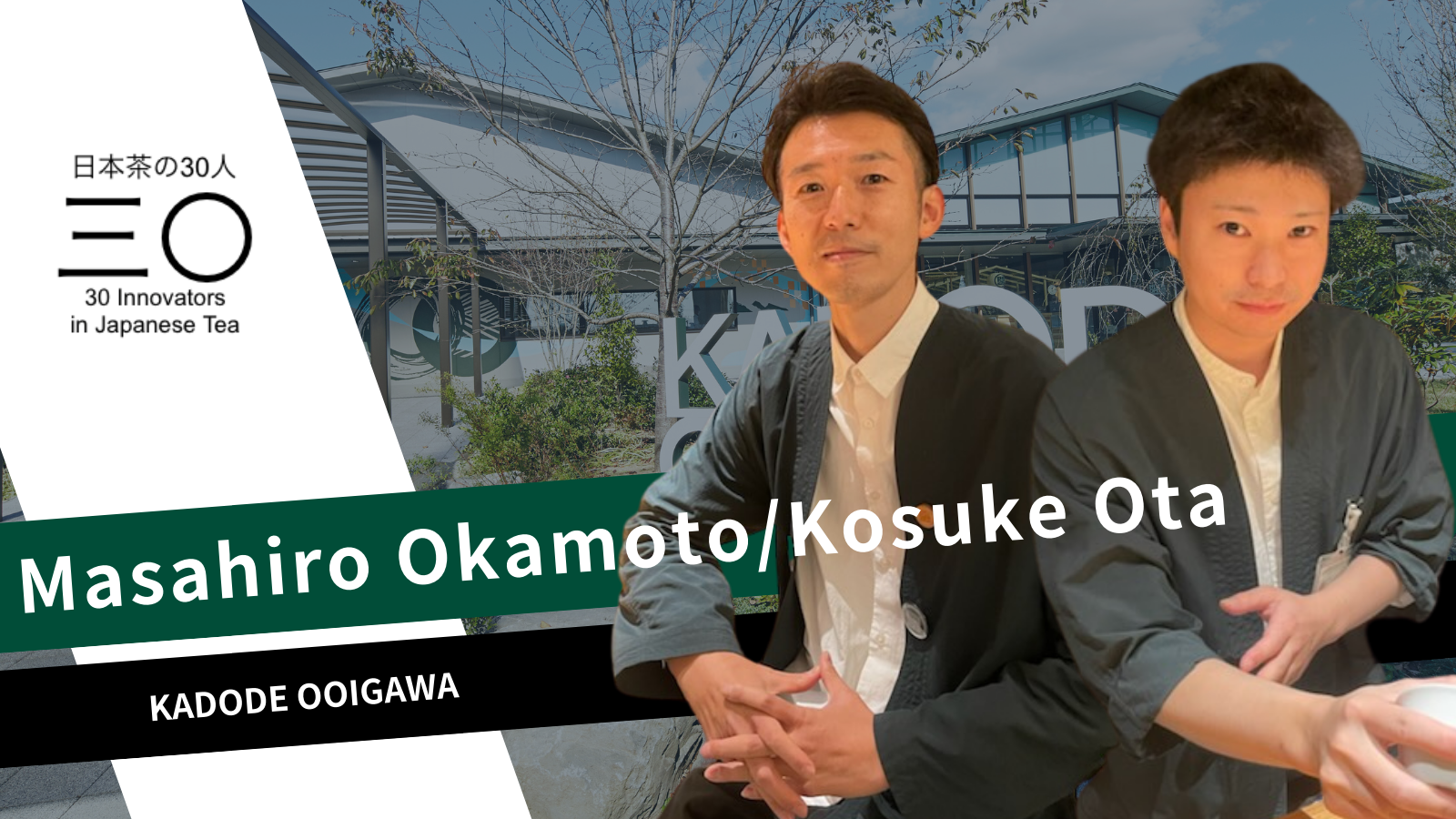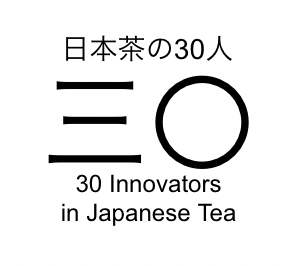KADODE OOIGAWA, one of Japan’s largest commercial facilities for experiencing tea, was created through a collaboration of JA Oigawa, Shimada City, and four other local entities. It is a huge project that is unprecedented for a tea-related business.
After five years of planning, it opened in November 2020, when the Corona disaster was in full swing. In the two and a half years since its opening, the number of visitors exceeded 2 million.
Shimada City, where Kadode Ooigawa is located, is one of Japan’s leading tea production areas, with over 1,300 hectares of tea plantations, and most of the tea produced is “deep steamed” sencha, which is brewed using a teapot. JA Oigawa, the operator of the facility, has many tea farmers among its members. Of course, the ideal situation for tea farmers is to sell deep steamed sencha.
However, for the one million annual visitors, the reality is that tea is usually served in plastic bottles, and many households do not have a teapot.
In other words, KADODE OOIGAWA is a condensation of the ideal and reality of Japanese tea. In order to bridge the gap between the ideal and the reality, discussions were held from the conception stage, and many innovations are packed into the KADODE OOIGAWA.
For example, “16 kinds of sencha drinking comparison set – GREEN TEA MANDARA” and “Green Tea B.I.Y. Stand” to let people know the depth of sencha, and “Green Tea Diagnosis” for those who cannot choose the right tea. Green Tea Tours” to experience the tea-making process, “Ochazuke” (green tea with rice in a bowl), “Green Tea Burger” (green tea burger), “Ocha Ramen” (green tea ramen), and countless other innovations.
We spoke with Mr. Okamoto and Ms. Ota on behalf of everyone who manages KADODE OOIGAWA, a place where one million visitors a year and various ideals and realities intersect.
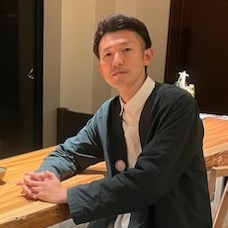
Masahiro Okamoto
After graduating from university, Masahiro Okamoto joined the Oigawa Agricultural Cooperative as a new graduate and experienced a variety of jobs taking advantage of the integrated business. He was involved in sales and management work centered on financial and mutual aid businesses, and later became involved in regional revitalization projects through secondment experience. Here, Okamoto-san was involved in the opening of a new project Experiential Food Park KADODE OOIGAWA in which JA, the government, and the private sector collaborated, and the number of visitors has exceeded 2 million since the opening 2.5 years ago.
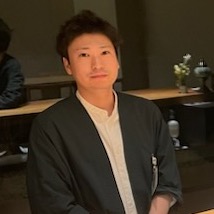
Kosuke Ota
After graduating from university, Kosuke Ota joined a tea retail shop and gained three years of experience before joining his family’s tea farm. Currently, he is working at the experience-based food park KADODE OOIGAWA, which deals with green tea, agriculture, and tourism; and is mainly in charge of sales management, campaigns for tea experience booths, event planning, menu development for tea cafes, etc.. He participated in a project together with Okamoto-san, and the number of visitors has exceeded 2 million in 2.5 years since the opening.
Contents
- 1 A hub for regional tourism. A place where you can experience tea, agriculture, sightseeing, and fun all in one.
- 2 KADODE OOIGAWA, a hands-on park for green tea, agriculture, and tourism.
- 3 Easy and good things. Product development and presentation tailored to customer needs.
- 4 KADODE OOIGAWA is the place you want to stop by if you drive on the Tokyo-Nagoya Expressway.
A hub for regional tourism. A place where you can experience tea, agriculture, sightseeing, and fun all in one.
Q: What is the business of KADODE OOIGAWA?
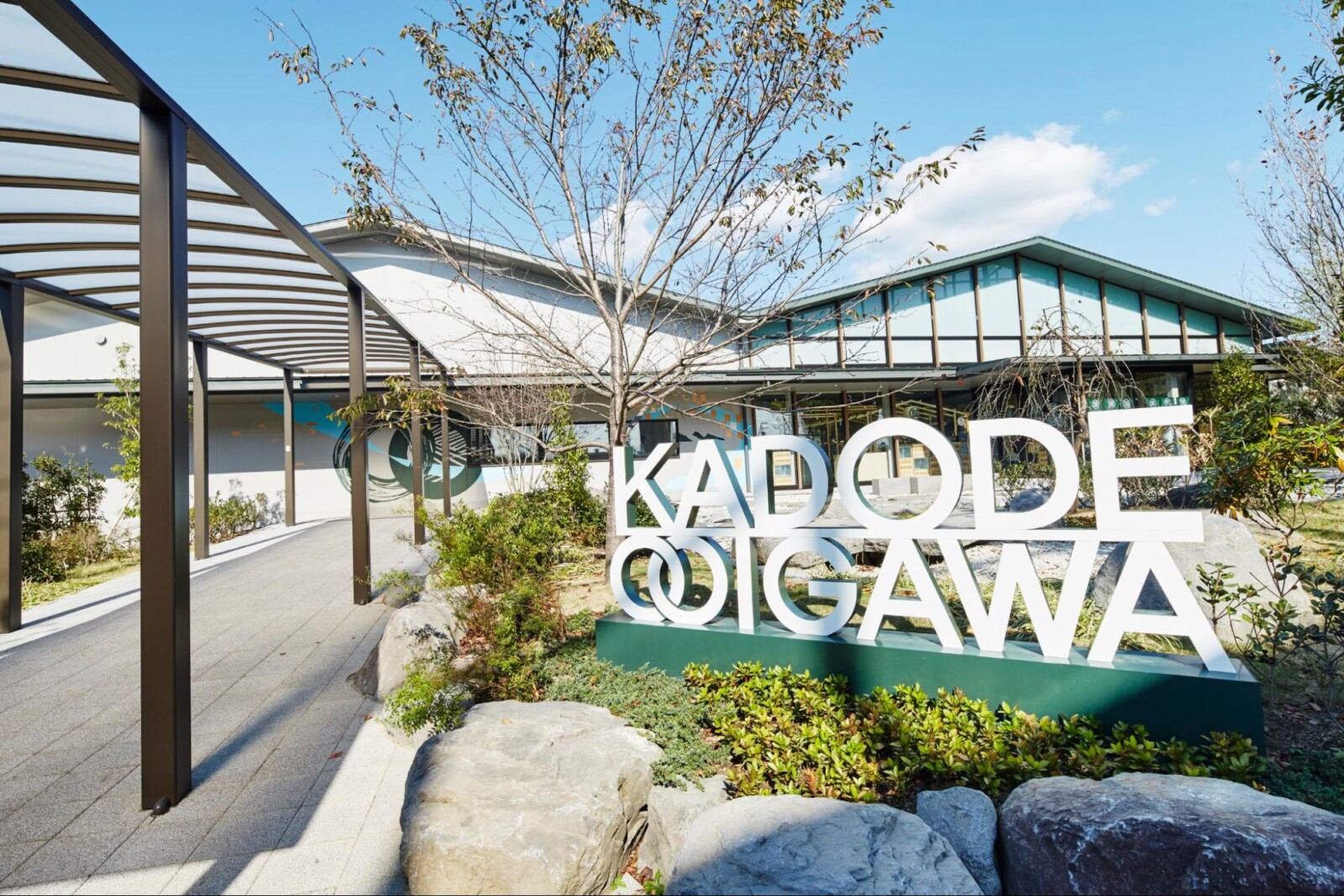
Okamoto: This project was initiated by the local JA Oigawa to promote agriculture and revitalize the community. Using this facility as a hub, we are developing various projects to promote Shizuoka Prefecture as a whole. It is a four-party collaboration between Oigawa Agricultural Cooperative, Shimada City, Oigawa Railway, and Central Japan Expressway Co., Ltd., and is one of the largest markets in the prefecture.
Specifically, as an experiential food park for green tea, agriculture, and tourism. We operate a market, directly manage restaurants, cafes, a kids park, and tenant shops.

The market offers fresh local vegetables, meat and fish, and hosts a large sales area for tea. The tenants include local soul food shops and bakeries, as well as a privately owned restaurant offering a local vegetable buffet and a gelato stand with locally produced fruit.

Also very popular are green tea experiences such as Green Tea Tours, where you can see the tea production process, and the Green Tea B.I.Y. Stand (B.I.Y. meaning brew it yourself), where you can enjoy the ideal tea that suits your taste.
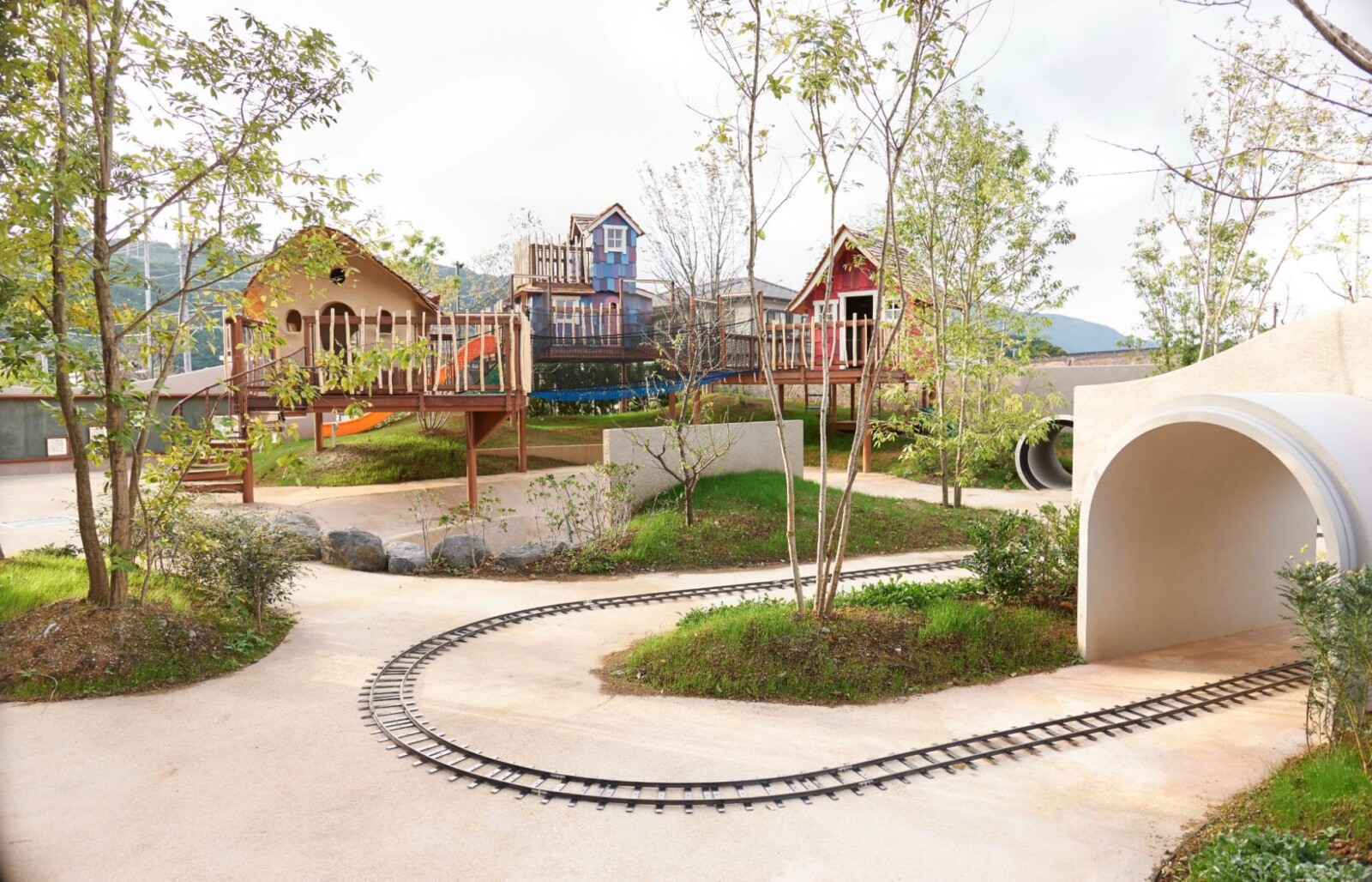
There is also a children’s play area, making it a facility where you can experience the best of the area.
KADODE OOIGAWA is not the goal in itself, but we want people to use this as a base to visit various places in the neighborhood and enjoy the entire area, so we are also promoting such collaborations. Even if one activity might be quite weak on its own, if the whole area collaborates to promote it, it will become much stronger.
KADODE OOIGAWA, a hands-on park for green tea, agriculture, and tourism.
Q: How did KADODE OOIGAWA start?
Okamoto: There are two main reasons for it.
One thing is that the area where KADODE OOIGAWA is located was designated as an inland frontier promotion zone by Shizuoka Prefecture. By moving various functions inland, efforts were initiated to revitalize the area around the Shimada-Kanaya Interchange of the New Tokyo-Nagoya Expressway. As part of it, we decided to open a farmers’ market first.
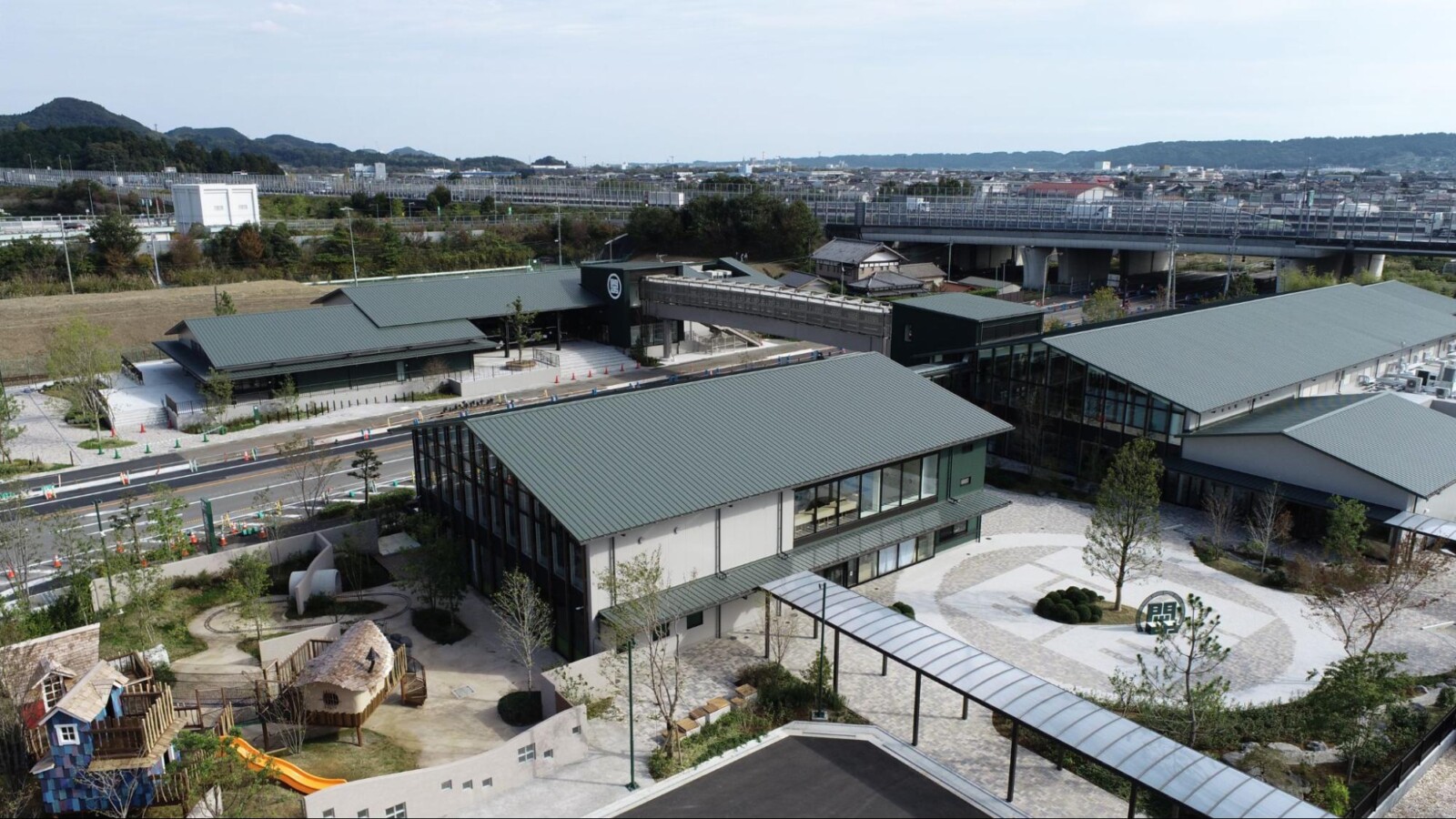
And second was the leadership of then JA Oigawa head Ikeya-san. JA Oigawa was facing many challenges, such as the aging farmer population and the increasing abandoned farmland. Through the farmer’s market and restaurant, we aimed to reduce food loss by offering delicious local produce and processing out-of-spec vegetables.
Q: How do you feel now that it is up and running?
Okamoto: At the time of the launch, we were worried that the price of tea, the core product of JA Oigawa, was declining rapidly, and we were searching for a new strategy for tea. So it is great that we have now grown into one of the largest tea markets in Japan and expanded the sales channels for tea.
Through the green tea experience, we have also received comments from customers like “I did not know green tea was so deep”, “You can do pairings!”, and “I did not know tea tasted so good”. We are glad that we did it, because it makes people interested in tea and helps to appreciate it.
Ota: Like Okamoto-san said, it is great to hear customers say, “The tea is delicious and I drink it all the time”. However, I also hear people complaining that this ripple effect has not reached tea farmers and tea shops, and I feel that there is a gap. Our next task is to increase the number of tea lovers and make the tea industry as a whole more exciting.
Easy and good things. Product development and presentation tailored to customer needs.
Q: What do you do to help people enjoy tea?
Ota: I strongly feel that we need to adapt our tea standards to our customers. In this day and age, few people have kyusu, so the trend is to sell tea bags rather than tea leaves.

However, tea bags are made from tea by-products such as tea dusts and stems that are removed when tea leaves are sorted, and they do not have a good image. KADODE OOIGAWA dares to cut tea leaves of the same grade as those used for brewing in a kyusu into smaller pieces and use them for tea bags so that people can easily enjoy authentic tea.
Okamoto: We believe that tea bags and B.I.Y experiences are creating opportunities to easily drink something good. I hope this will serve as a chance for people to learn about the production process of these delicious teas.
Like coffee at a convenience store, we believe it is important to lower the hurdle of the initial entry point. Therefore, we have designed the GREEN TEA MANDARA where you can choose your favorite tea from 16 kinds by simply selecting water temperature and steeping time, a green tea diagnosis that is like a personality test, and lastly a tea lottery where the tea to try is decided by luck, making it as easy as possible to get in touch with tea.
The keywords of these attempts are “only now, only here, only for you”. We keep in mind the message “You are the main character of your own experience, your own tea”. And we try to showcase tea in an enticing and enjoyable way.
Q: Are there any recommended products or services at KADODE OOIGAWA?
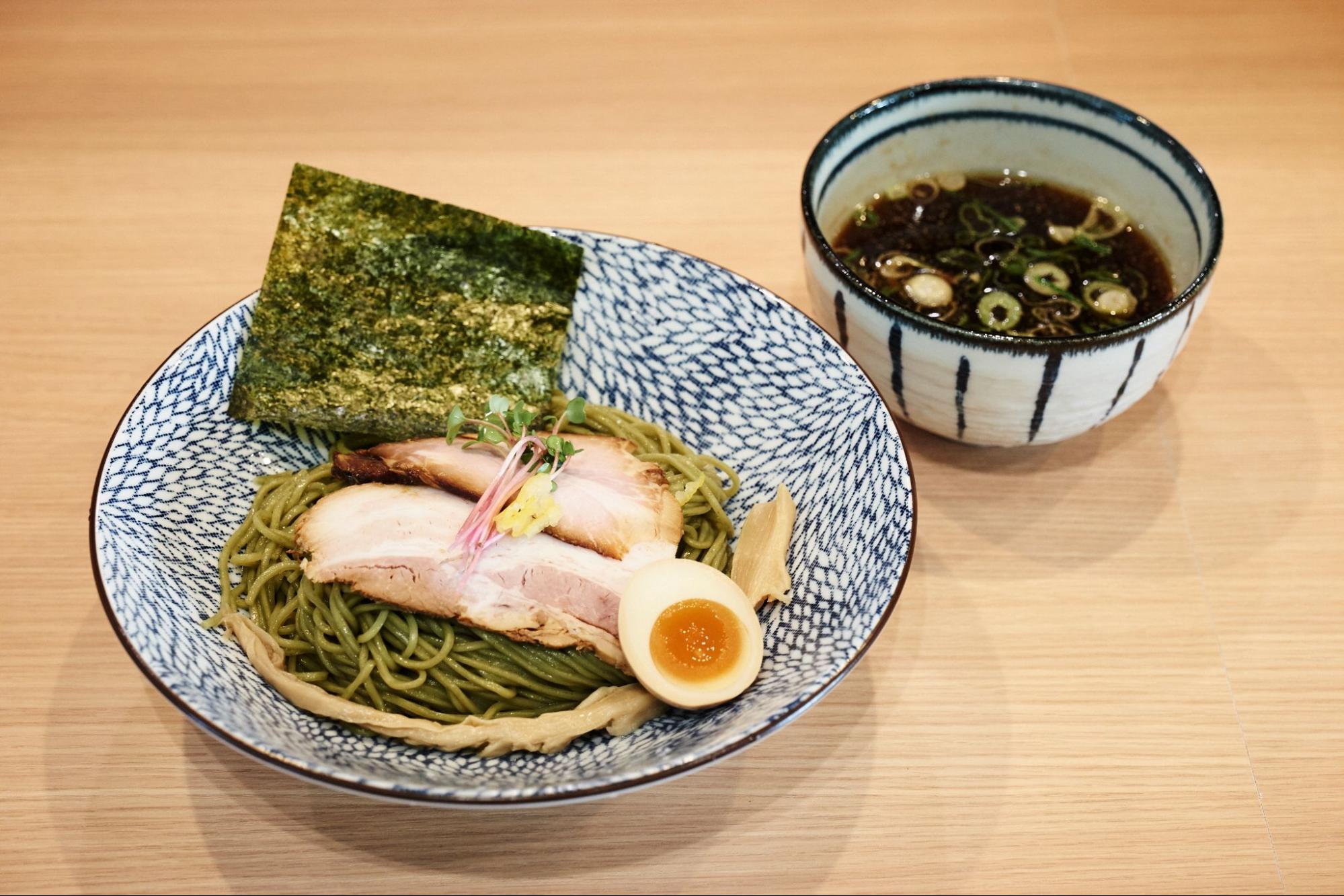
Okamoto: We have three pillars: restaurants, green tea experiences, and Shizuoka souvenirs, and all three have one thing in common: they are all related to tea in some way. We offer tea pairings, green tea ice cream, green tea ramen, green tea burgers, and more. We are inviting you to expressing the uniqueness of Shizuoka by using tea in every way we can.
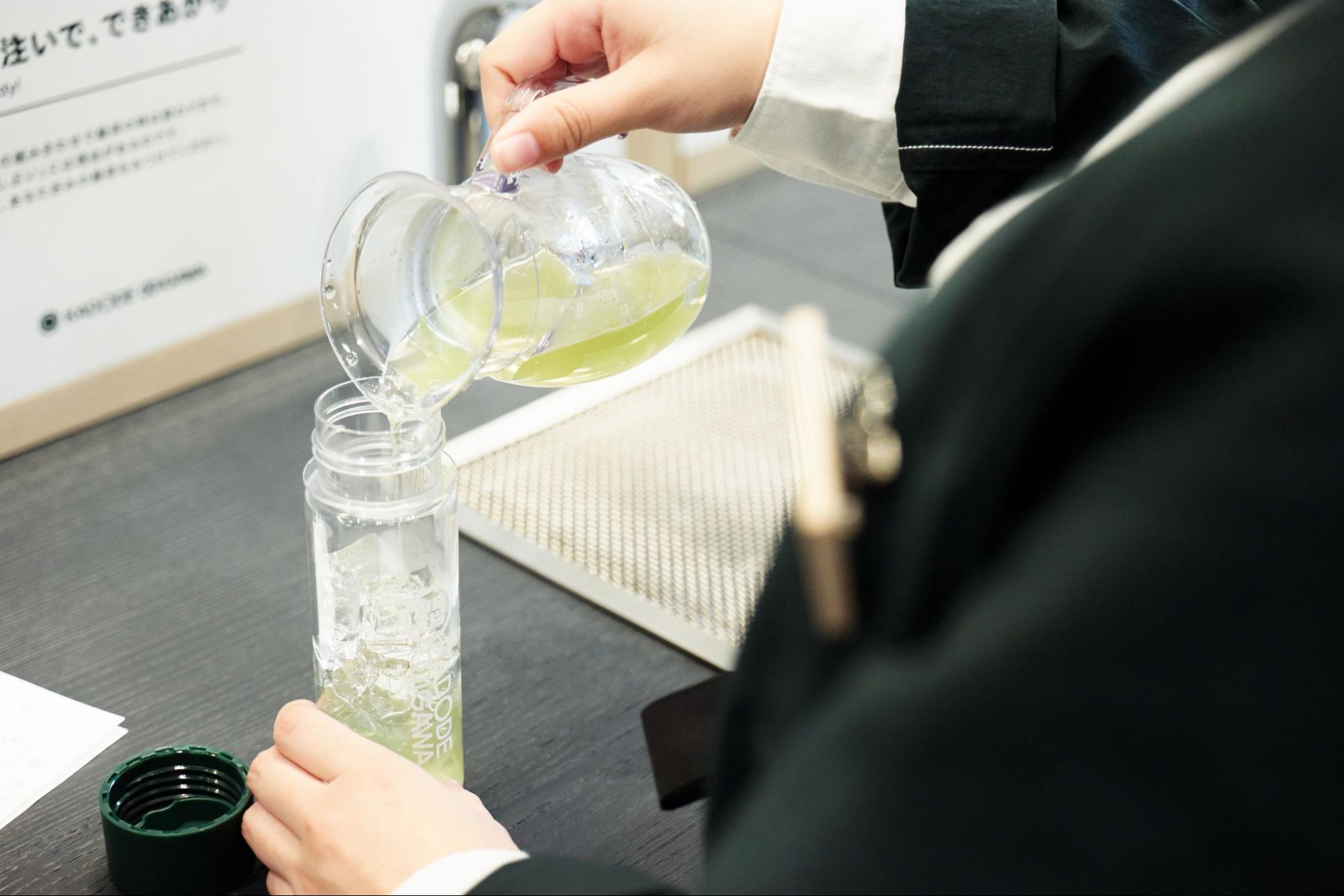

Ota: My two favorites are the Green Tea B.I.Y. Stand – a booth where you can experience green tea, and the Green Tea Tours, where you can become a tea leaf and follow its journey.
At the B.I.Y. Stand, our goal is for you to be able to enjoy your own tea at home, after you have eventually bought it. For this reason, B.I.Y. starts with the customer choosing his or her favorite tea from the 16 kinds available, and then the customer is invited to experience the process of brewing tea by himself or herself.
During the Green Tea Tours, by becoming tea leaves themselves, visitors can experience the tea production process, including steaming, heating, rolling, and drying. We aim to incorporate experiences that are not possible otherwise.
KADODE OOIGAWA is the place you want to stop by if you drive on the Tokyo-Nagoya Expressway.
Q: What are your visions and plans for the future?
Okamoto: First of all, we would like to meet our goal of 1 million visitors in a single year in the fiscal year of 2024, and it looks like we will probably land at 930,000 to 940,000 in the fiscal year of 2023.
Also within five years we aim to make KADODE OOIGAWA well known throughout Shizuoka Prefecture, and after that, we will take advantage of its location, right in the middle of the new Tokyo-Nagoya Expressway, to make the facility a stopover for customers in the neighboring regions of Aichi, Yamanashi, Gifu, Kanagawa, and Tokyo.
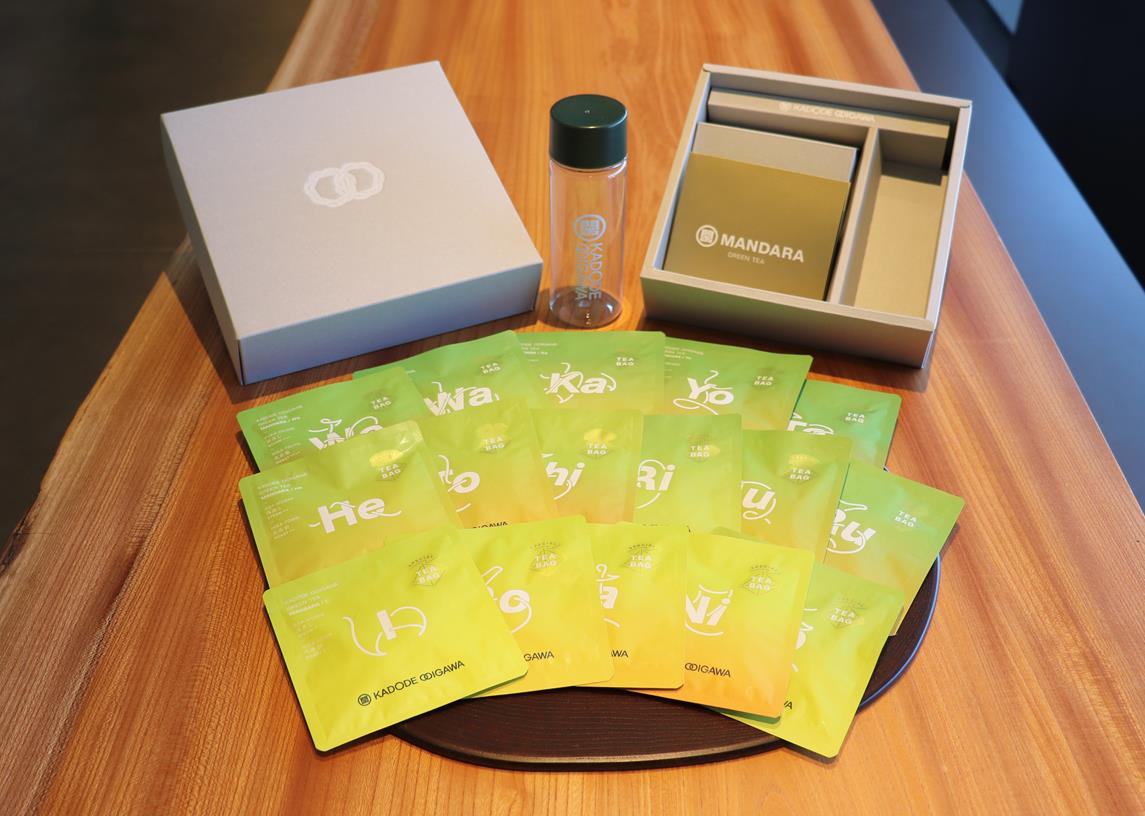
We would also like to incorporate the green tea experience into Shizuoka tours for inbound visitors that combine local culture, crafts and food.
In terms of tea-specific goals, we would like to collaborate with JA with the ultimate goal of increasing farmers’ income. So we are considering new business developments such as raising unit prices, increasing the number of sales, or even starting a tourist farm or farmer’s inn.
Ota: I would like to aim for a situation where the number of visitors to KADODE OOIGAWA increases, thereby revitalizing the region and creating a win-win situation for local residents, producers, and everyone else.
The tea industry is still in a difficult situation, but at our facility we would like to make efforts to sell tea at a fair price so that producers can continue their business smoothly.
Q: Where do you think you are now with respect to those goals?
Okamoto: I sense that KADODE OOIGAWA is gradually gaining recognition. However, we have not yet reached the point where tea is used as a representative of Shizuoka, for example, in hotels and on planes at Shizuoka Airport. We would like to become known as the place to experience and buy Shizuoka tea.
At the moment, if you ask anyone in Shizuoka Prefecture “Do you know KADODE OOIGAWA?”, I think only 2 or 3 out of 10 people in Shizuoka Prefecture will say they know it. We believe that there is still room to attract visitors from more populated cities of Hamamatsu and Shizuoka. And since we are now in our third year, we would like to make KADODE OOIGAWA a facility and an experience known by everyone in Shizuoka Prefecture by the fifth year.
Ota: In fact, if you ask whether the lives of tea farmers have improved drastically with the establishment of KADODE OOIGAWA, the situation sadly has not changed at all. Actually, the price for tea leaves has gone down. So it is a very difficult situation for tea farmers. Therefore, KADODE OOIGAWA is also considering ways to have more tea farmers come to the market to sell their tea directly.
Q: What kind of people are the members of KADODE OOIGAWA?
Okamoto: Over the past three years, there has been a lot of turnover of people. However, people with good communication skills and high aspirations like “I love my hometown and want to convey its good points”, “I like to see smiling faces of customers” and “I feel joy when people tell me that my tea tastes good” have remained with us throughout.
Ota: It is a workplace full of people who love their hometown and have a strong sense of purpose to revitalize the region, so we all enjoy working together.
Q: What is tea to both of you?
Okamoto: I am from Shizuoka Prefecture, so green tea is always served at meals (laughs). It is an inseparable part of everyday life. When I think of Shizuoka, the only things that come to mind are tea and Mount Fuji.
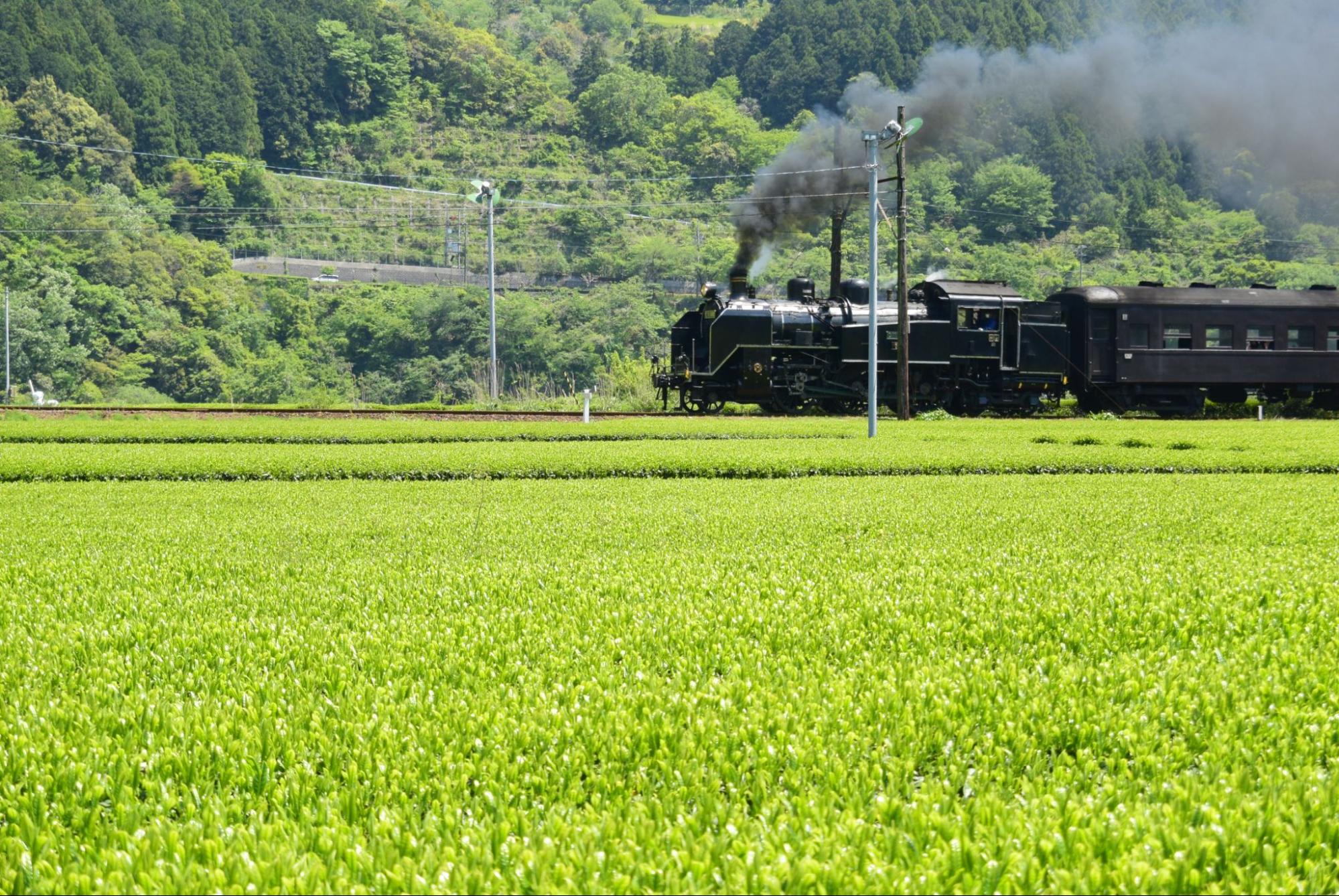
Ota: I am also a tea farmer, so tea is something I take for granted in my mind. However, the habit of drinking tea is fading away, the number of tea growers is decreasing, and the landscape of tea fields is beginning to disappear. Tea is the very scenery where I was born and raised, so I feel a sense of urgency to stop the disappearance of this scenery.
Q: Do you find it difficult to work with tea?
Ota: There is a culture of hospitality that says when a guest comes, we should serve tea. This has inevitably led to an entrenched awareness that tea is something you can drink for free, which is a difficult thing to deal with.
For coffee or black tea, we can easily pay 500 to 600 yen, but for some reason, when it comes to green tea, our purse strings suddenly tighten and we find ourselves asking “Isn’t it free?”.

Okamoto: It is especially troublesome during the new tea season. JA stores, for example, have long offered free tea to celebrate the arrival of new tea.
At KADODE OOIGAWA, we purposely avoid providing free tea hospitality because people will be satisfied with it and will not buy tea. However, every day I feel how difficult it is to have customers pay for drinking delicious tea.
Q: What do you think the future of the tea industry will look like? What do you want it to look like?
Ota: If things continue as they are, I think the tea industry as a whole will decline rapidly, and both tea farmers and tea shops will have fewer and fewer things to do with tea.
In such an environment, I believe that those who will survive, including KADODE OOIGAWA, will be farmers and vendors who can offer tea not only as a beverage, but also as an experience and a point of attraction.
For example, tea farmers that offer various experiences such as tea factory tours and tea picking events are very popular.

At some tea shops, you can even experience blending as well as how to select and brew tea. KADODE OOIGAWA also offers experiences for children. But it can be quite difficult if producers and sellers do not come up with ways to entertain customers beyond just selling tea leaves.
Okamoto: I feel similar to Ota-san, but I would like to preserve the notion that tea is indispensable to the Japanese people.
In Shizuoka, there are elementary schools where green tea is available when you turn on the tap. While continuing things like that, I feel that it is necessary for the government and agricultural cooperatives to understand the tea situation outside of the region to be able to firmly pass on the tea culture.
It is also important to raise the value of tea, by offering tea experiences, showing the tea production process, and expressing the differences in tea in a way that is easy to understand.
*All photos by KADODE OOIGAWA

